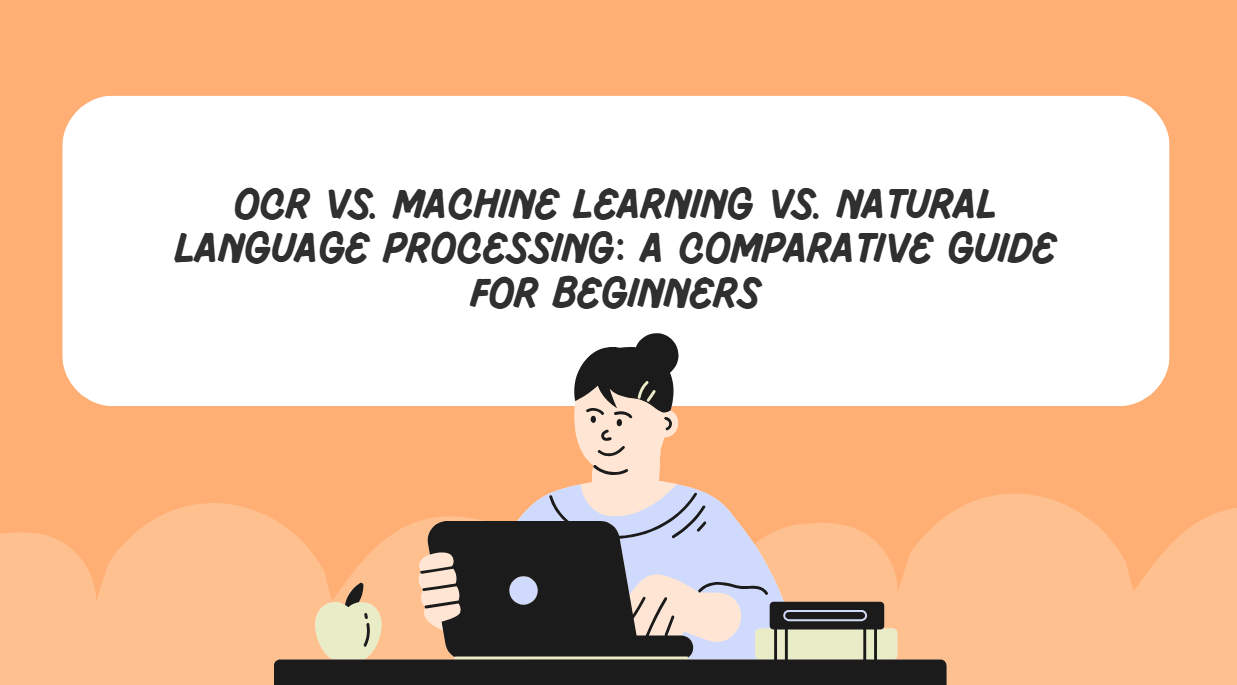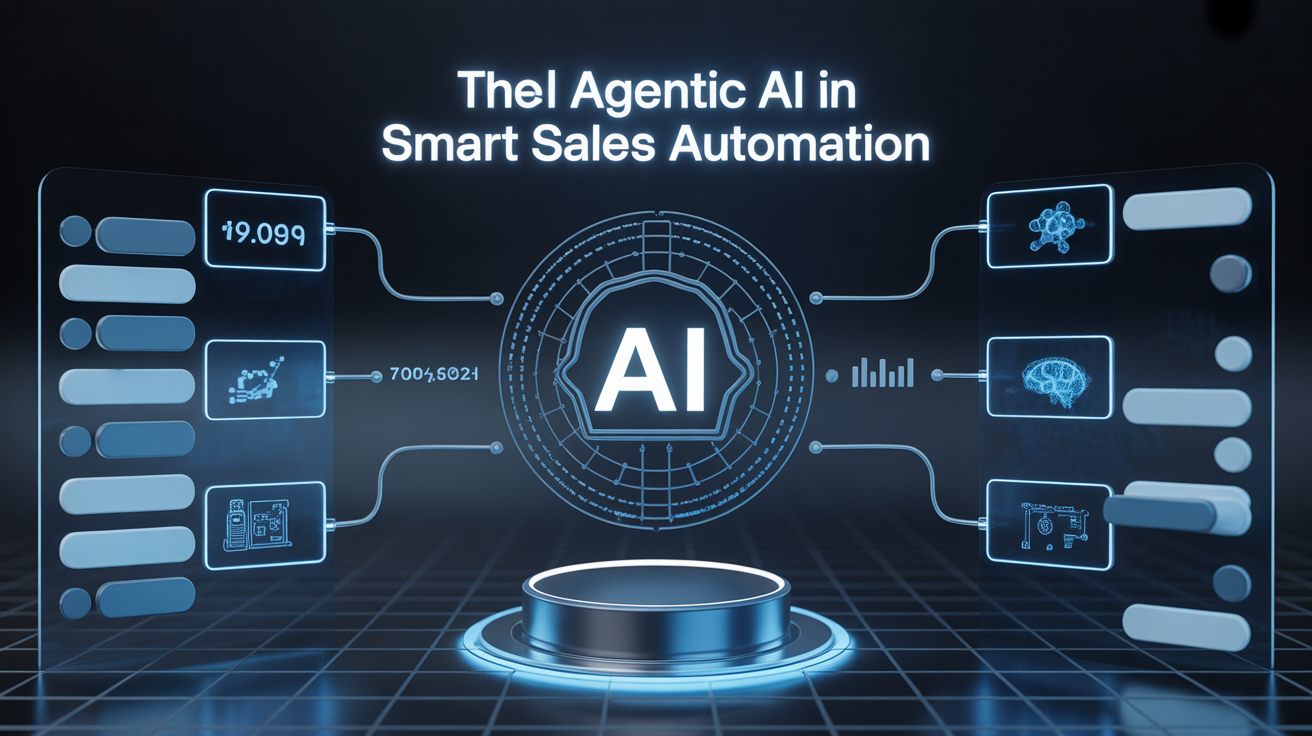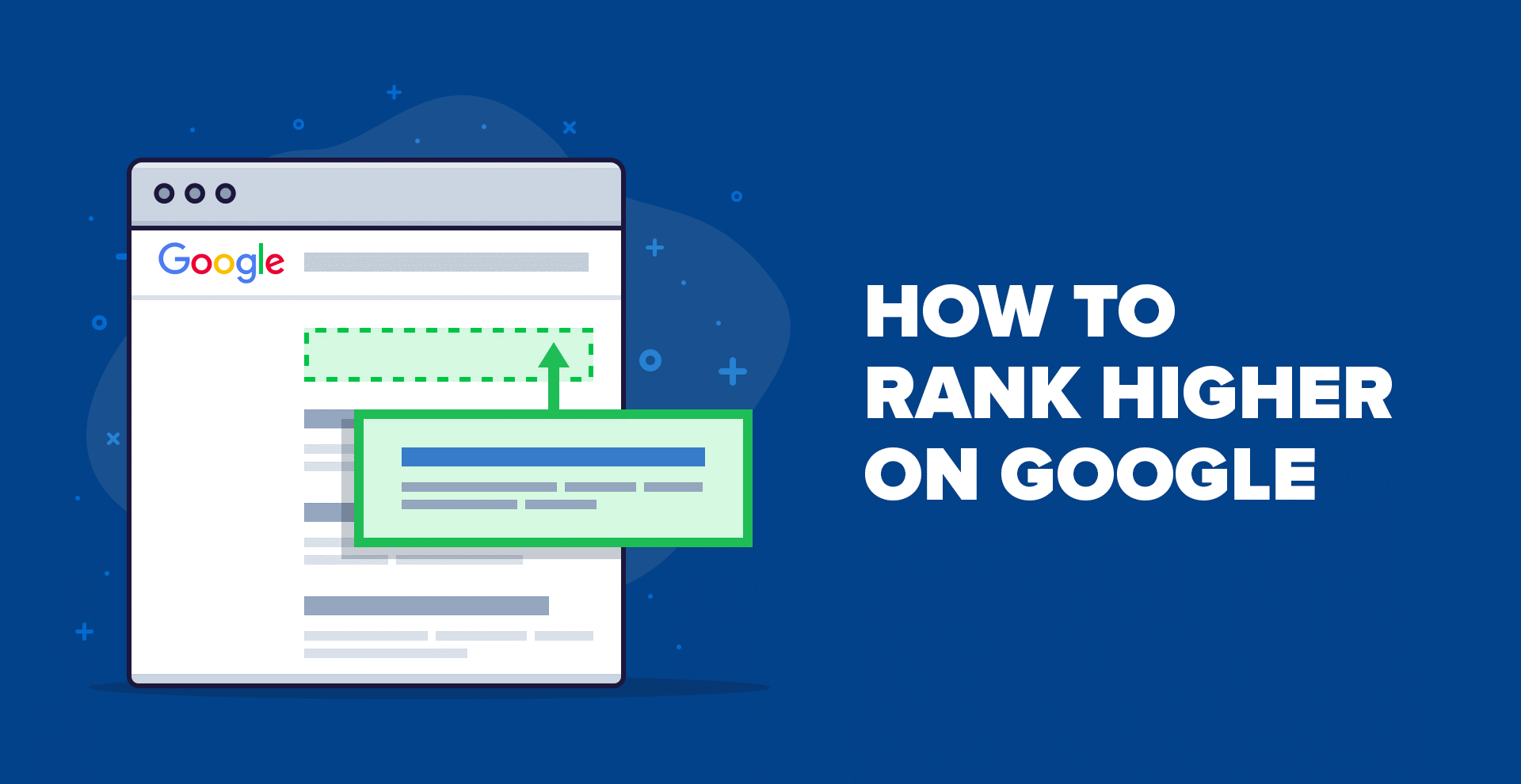
In today’s day and age, everyone in the tech field often comes across the terms machine learning, OCR, and NLP in relation to artificial intelligence. To the uninitiated, it can even seem as if they are all the same thing, and that is true to some extent as well.
Today, we will help you differentiate between all three of these technologies. We will explain what they are, where they overlap, and their differences.
Let’s begin.
Machine Learning VS OCR VS NLP
Machine Learning
We will start with machine learning. This is because, technically, machine learning is the technology that NLP and OCR employ. You will understand that soon enough.
So, what is machine learning? It is a branch of artificial intelligence that is concerned with teaching computers how to learn like humans.
Machine learning typically involves three steps:
- Collection of data
- Training on data
- Model creation
- Model deployment
To teach a computer something, you basically show it a lot of data and tell it what the data means. For example, if you wanted to teach a computer to recognize cars, you would show it plenty of images of different cars from different angles.
The data collection phase would be to find good pictures of cars and store them in one place so that they can be provided to the system.
In the training phase, the system will be shown all the pictures of cars and told that they are called cars.
By using a variety of algorithms, the system will internalise that information and create a model.
This machine-learning model is then used by the system to look at new (unknown to it) images of cars and determine that they are, in fact, cars.
Once a model is created, it can be imported to other systems, and they can use it to recognize specific information in unknown data. To learn more about building and deploying such models, explore this machine learning course.
How Is Machine Learning Used Today
We gave a very simple explanation of machine learning using the example of recognizing cars in an image. In reality, machine learning is extremely flexible and can be trained to do many things.
For example:
- Large businesses use machine learning to recognize trends in their marketing and sales data.
- Traffic experts use it to identify trends in traffic patterns throughout the day/month/year in specific areas.
- Some people even use it to predict the outcomes of sports events.
- Large language models that can simulate human speech are made using machine learning.
Now, let’s see how the other technologies are different from machine learning.
Optical Character Recognition
So, optical character recognition is technically an application of machine learning. Do you remember the example we gave about recognizing cars? Well, OCR is just about recognizing letters and characters used in a language.
So, let’s give some context before we dive further. Computers are not like humans. They do not perceive information the way we do. We can look at an image, see the actual objects in it, and recognize them.
Computers, on the other hand, will only see lots of pixels charted on a plane. They do not understand that the pixels are creating a bigger picture. With machine learning, you can teach them to recognize that certain configurations of pixels are, in fact, specific objects.
In OCR, the specific objects are characters. So, a machine learning model that can identify characters and letters in an image is performing optical character recognition. Similarly, in natural language processing, prompt versioning can be used to fine-tune models for better text interpretation and generation.
Now, you can see where the confusion comes from. OCR is essentially just a product of machine learning; however, it is a very specific product.
Where is OCR Used?
OCR is used in the following applications.
- Image-to-text converters. These are apps and tools that can extract text from images, PDF files, and scanned documents.
- Text-to-speech applications. These are applications that can convert text into audio output. If they support PDFs or images as input, they use OCR to process them.
- Screen readers. This is a type of app that uses OCR to analyse the text on your screen and read it out loud to you. OCR is a major component of the processing pipeline in these apps.
Now, let’s take a look at NLP.
Natural Language Processing (NLP)
We previously established that computers do not understand information the same way humans do. This is true for language as well. Computers only understand binary (0s and 1s). They don’t know any human languages.
However, with NLP, it is possible to teach computers how to understand natural languages and even use them.
But how does NLP work? Well, once again, it is actually a product of machine learning. The learning ability afforded to computers by ML is used to teach them grammar rules of a language as well as semantics.
The process is quite lengthy, but once a model is created, it is easier to update iteratively. So, they improve over time. As a result, we now have computers that can understand and manipulate human languages.
Once again, you understand why the confusion exists; NLP is just another. very specific use case of machine learning. Machine learning is just so flexible that it can be used for a lot of stuff, and classifying them all under the banner of ML is not practical.
That’s why the oft-used applications are given their own names.
Uses of NLP
- NLP is used in OCR applications to make sense of the recognized characters (i.e., what words and sentences they form)
- NLP is used in text-generation applications
- It is used in text manipulation applications like grammar checkers
Summarization of Differences Between NLP, OCR, and ML
OCR | NLP | ML |
It is a character (Text) recognition technology | It is a language-processing technology | It is an AI technology for simulating human learning in machines |
Has considerable applications | Has a considerable number of applications | Has a huge number of advanced applications |
Relies on NLP and ML for complete function | Is a product of ML | It is a self-contained technology that is unreliant on others. |
Input type is: Scanned images or documents | Input type is: Textual data (speech, text, etc.) | Input type is: Structured, unstructured, or semi-structured data. |
Conclusion
NLP, OCR, and ML can seem confusing because, essentially, they are similar. NLP and OCR are both products of ML. However, it is their specific uses that separate them. OCR is for dealing with images and recognizing text in them. NLP is for dealing with text and checking it for semantic and grammar errors. ML, on the other hand, is used to train models for different purposes.



